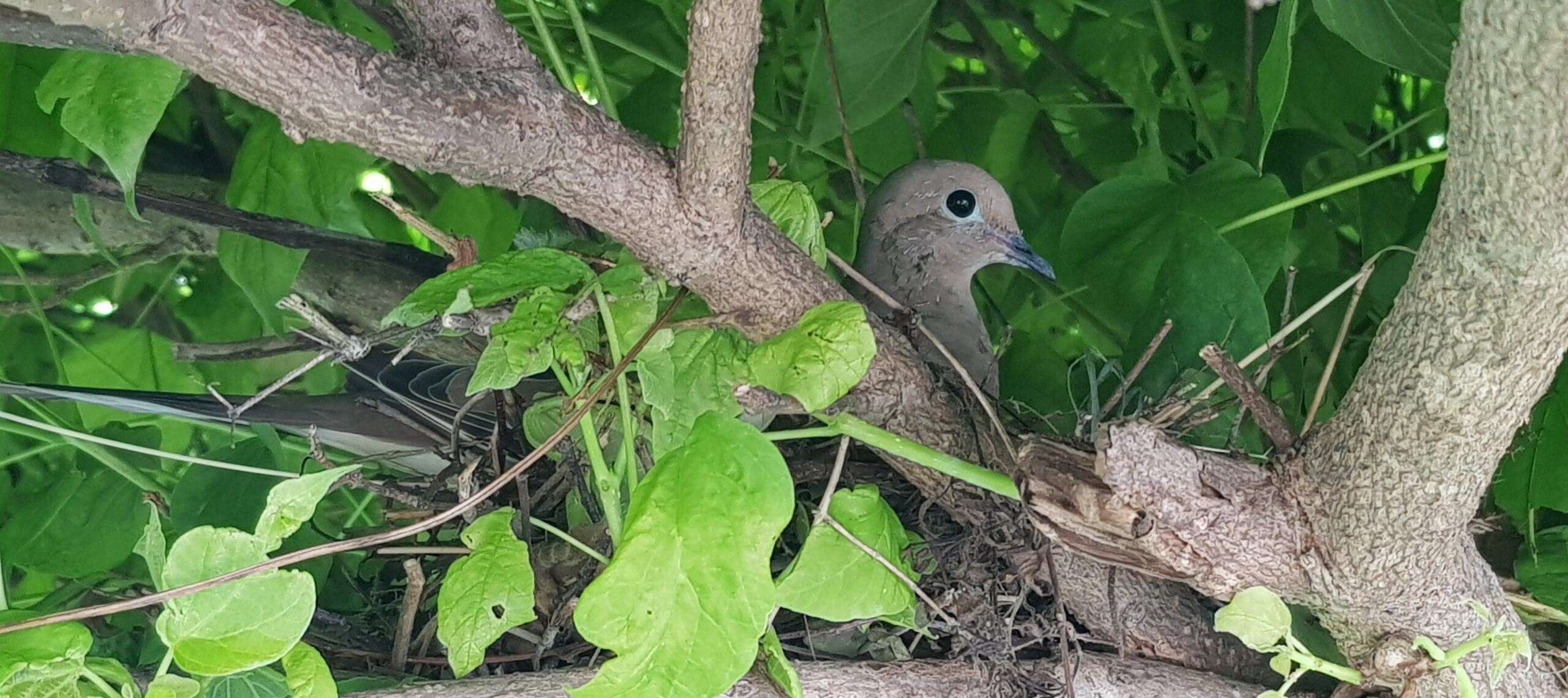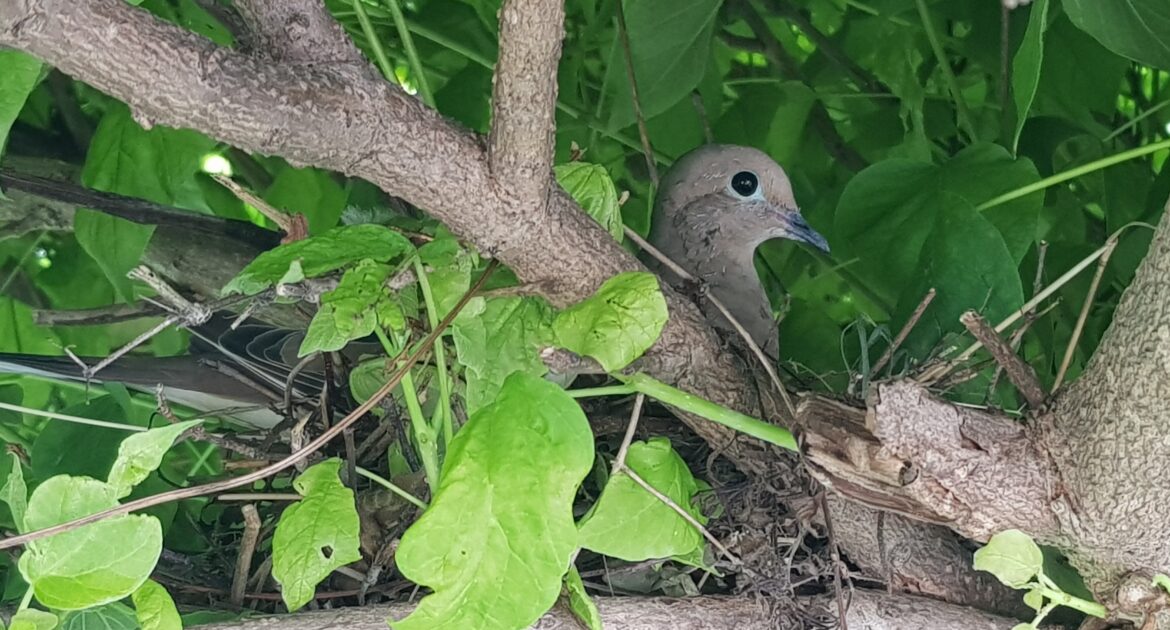Birds hitting windows is a problem we hear about frequently, and it’s not just your imagination. You may sit by a large window on a sunny day, the view blurred only by the distant peaks of the Rockies, when suddenly you hear the resounding thud. It’s unsettling, and unfortunately, it’s a surprisingly common issue. Understanding why birds fly into glass and how to prevent bird window collisions can save lives—not to mention keep your windows from becoming a tragic hotspot for unsuspecting wildlife.
This guide will explore why this happens, the dangers it poses to birds, and actionable steps you can take as a homeowner to reduce these incidents. At Skedaddle, we’ve spent decades helping communities in the Denver area, like Bailey, solve wildlife-related challenges, and we believe there’s always a solution, no matter how big or small the issue.
Why Birds Fly Into Glass
It’s easy to assume that birds should be able to detect a solid surface like a large pane of glass, but there’s more to the issue than meets the eye (pun intended).
1. Reflection Confusion
One significant reason birds fly into windows is the reflection of their surroundings. A window often mirrors the sky, trees, or other natural elements, tricking birds into thinking they can keep on flying. This is especially common in cities or areas with large glass buildings or residential homes with oversized picture windows.
2. Transparency Issues
Birds don’t always perceive glass as a barrier. If they see plants, light, or open spaces on the other side, they may mistakenly think it’s a route they can take.
3. Territorial Behavior
Some birds are territorial and may attack their reflections in glass, believing them to be a rival bird encroaching on their space. This is particularly common during the breeding season.
4. Low Light or High Speed
During nighttime migration or when birds are startled into flight (often by predators), they may not have adequate time to detect obstacles like windows. Rapid speeds and poor light exacerbate their inability to distinguish what’s ahead.
These factors combined make window collisions an unfortunate reality for homeowners. However, just because the issue is common doesn’t mean it’s inevitable.
Preventing Bird Window Collisions
Thankfully, with a few adjustments, you can make your home far safer for birds. Here are some practical solutions that are effective and easy to implement.
Add Visual Markers
Windows don’t naturally signal “stop” to birds, but adding visual markers can change that.
- Decals
Applying decals to your windows breaks up their reflective surfaces. For best results, choose multiple decals spaced closely together, so birds see them as a barrier.
- Patterns on Glass
Opt for decorative options like frosted glass or patterned films. These visually break up the window area while adding an attractive aesthetic to your home.
- Tape Strips
A quick DIY solution, using adhesive tape to create visible lines or patterns can alert birds to the glass. Use UV-reflective tape for optimal effectiveness, as it’s visible to birds but hardly noticeable to humans.
Consider Screens or Netting
Installing external screens in front of your windows helps cushion any potential collisions and makes the glass more visible. Bird netting is also a good option; placed at a safe distance from the panes, it acts as a physical barrier.
Adjust Lighting
Bright light from indoors can attract nocturnal birds, leading to nighttime collisions.
- Dim Nighttime Lights
Use blackout curtains or blinds to limit light from escaping through your windows after dusk.
- Strategic Outdoor Lighting
Avoid placing bright lights directly in front of windows. Opt for motion-sensor lights or softer exterior lighting to reduce visual confusion for passing birds.
Relocate Bird Feeders
Believe it or not, the proximity of bird feeders matters. Placing feeders too close to windows can inadvertently lead to accidental collisions when birds fly away suddenly. Instead, position feeders either very close (within 2–3 feet, so birds can’t get the speed for a hard impact) or far enough away (at least 10 feet).
Add Window Shades or Blinds
Keeping blinds or curtains partially closed can obstruct a bird’s view of the other side of the glass, reducing the likelihood of a collision.
Trim Trees Strategically
Reflections of trees in your windows are a major contributor to crashes. Trimming back branches that are particularly reflective in the glass can help. Similarly, adding anti-reflective window films can minimize mirrored imagery.
With these changes, you’ll be providing a safer environment for the birds in your neighborhood.
Birds Hitting Windows Can Be Prevented
Birds hitting windows isn’t just an inconvenience for homeowners; it’s a widespread issue affecting avian populations globally. Every year, millions of birds are injured or killed due to this completely preventable problem.
By making these small adjustments around your home, you’re not only preserving the safety of wildlife but also making a meaningful contribution to the environment. At Skedaddle, we understand just how interconnected urban living is with local ecosystems, and these issues are particularly close to home for anyone in Denver. Whether you’re near the Cherry Creek area or closer to Sloan’s Lake, the steps you take can make a big difference to the birds soaring through your neighborhood.
When to Call for Professional Assistance
While taking proactive measures to protect wildlife and safely address issues around your home is commendable, certain situations require the expertise of trained professionals. Wildlife can pose unique challenges that are difficult and potentially unsafe to handle on your own.
- If you find animals nesting in your attic, walls, or chimney, contact experts for humane and efficient removal.
- Avoid attempting to remove wildlife yourself, as it can harm both you and the animals, especially if they carry diseases or become defensive.
- Persistent signs of wildlife activity, such as unusual noises, droppings, or property damage, may indicate a bigger issue requiring professional help.
At Skedaddle, our team is highly trained to assess and resolve these situations while protecting both your home and the animals involved. With an emphasis on humane removal techniques and effective preventative measures, we ensure long-term peace of mind for homeowners. Remember, it’s always better to seek guidance when faced with potential wildlife concerns to avoid escalating the problem or putting yourself at risk.
Where to Start
If you’re ready to address this issue, start by evaluating the most collision-prone windows in your home. Add visual markers, reposition bird feeders, or consider window treatments to minimize risks. Protecting birds is about creating coexistence between nature and our modern way of life.
Have other wildlife concerns? At Skedaddle Humane Wildlife Control, we’re here to address them all with proven, humane solutions. Reach out to us to schedule a consultation and craft a wildlife-safe property today. Your neighbors with wings will thank you.




